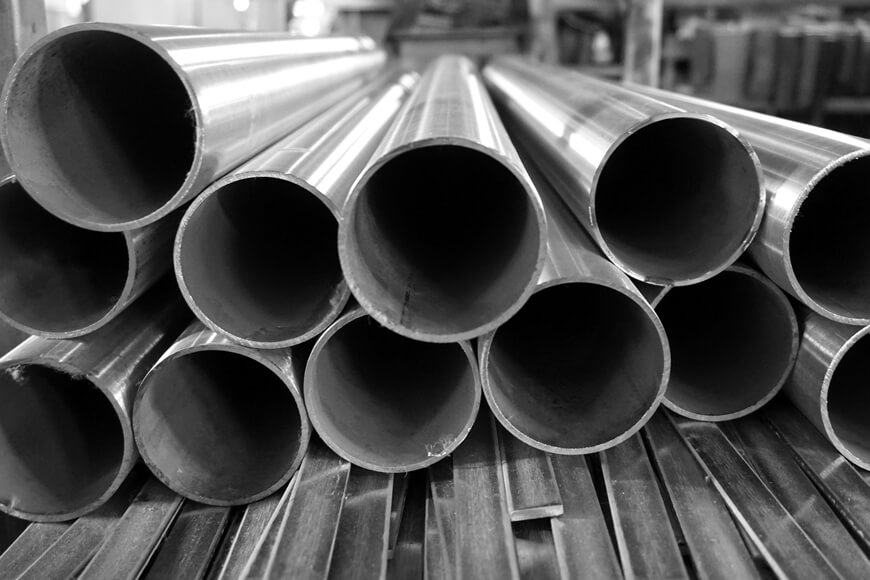Due to its ability to resist corrosion, stainless steel is a well-liked material that can be used for a wide range of purposes, including jewellery, kitchen surfaces, and industrial applications. Unfortunately, even stainless steel is susceptible to rust, which can seriously harm both its aesthetic appeal and structural soundness. Anybody who owns stainless steel products needs to understand why stainless steel rusts and what they can do to prevent it.
Describe rust.
Iron combines with oxygen and moisture in the atmosphere to form rust, a type of corrosion. Rust, also known as iron oxide or iron oxidation, is a reddish-brown material that is produced when the iron in stainless steel oxidises. Rust may make steel appear unsightly and undermine its structural integrity.
What Causes the Rusting of Stainless Steel?
Because it contains chromium, stainless steel often resists rusting. Steel develops a shield of protection from chromium that stops oxygen from interacting with it. Unfortunately, a number of circumstances can damage this protective layer, which can cause rusting.
1. Insufficient cleaning
Improper cleaning is one of the most frequent reasons for stainless steel to rust. You risk damaging the chromium layer when you scrub stainless steel with abrasive materials or strong chemicals like bleach. This facilitates the formation of rust when oxygen interacts with the iron in stainless steel.
2. Water Exposure
Moreover, water can make the chromium layer vulnerable and cause rusting in stainless steel. When stainless steel is exposed to rain, the water can gradually dissolve the barrier, allowing oxygen to interact with the iron. For this reason, it’s crucial to maintain the cleanliness and dryness of your stainless steel objects.
3. Salt exposure
Due to its tendency to hasten the oxidation process, salt can be extremely harmful to stainless steel. Your stainless steel products are more prone to rust if you reside in a location with high amounts of salt in the air or if you store them in a humid atmosphere.
4. Insufficient Upkeep
Your stainless steel goods are more likely to corrode if they aren’t properly maintained. You should periodically check your stainless steel goods for any indications of corrosion or damage and act quickly to fix any issues.
5. Very Hot
High temperatures can erode the chromium layer that protects stainless steel, which can lead to rusting. Because of this, it’s crucial to keep your stainless steel goods away from heat sources that exceed 500 degrees Fahrenheit.
How to Stop Stainless Steel from Rusting
You can prevent stainless steel from rusting now that you know what causes it. These are some pointers for preventing rust on stainless steel objects:
1. Regularly clean
Cleaning stainless steel products frequently is one of the greatest ways to stop rust. Clean your things by wiping them down and removing any dirt or debris using a soft cloth and a light detergent. Moreover, you should refrain from cleaning your stainless steel objects with any abrasive materials or harsh chemicals.
2. Keep moisture out
Keep your stainless steel objects out of water as moisture is one of the main sources of rust. Consider keeping your belongings in a dry location if you live in a humid area to avoid rust.
3. Use a Protective Coating
By adding an additional layer of defence against moisture and other factors, a protective coating can help prevent rust. You can select a protective coating based on your demands from a number that are offered.
4. Consistently Inspect
You can find issues before they get out of hand by routinely checking your stainless steel objects for any symptoms of corrosion. Take action as quickly as you can to fix any rust you observe.
Conclusion
Due to its ability to resist corrosion, stainless steel is a common material, but if it is not properly maintained, it still has a chance of rusting. Anybody who owns stainless steel products needs to understand what makes stainless steel rust and how to prevent it. You may prevent rust and maintain the good looks of your stainless steel products for many years by using the aforementioned advice.

